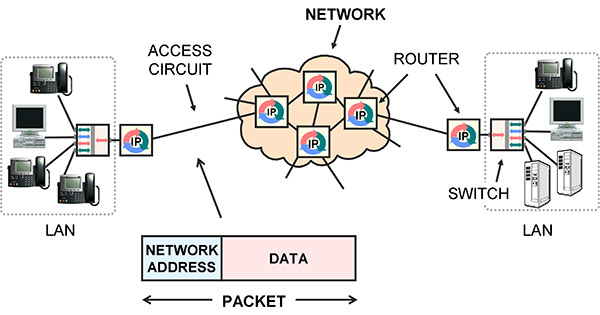Want to take Boot Camp, but need to get approval. Here is a message you can send to your supervisor for approval.
BOOT CAMP Live Online Instructor-Led Training Request
Dear [Manager]
I need to get training on telecom to do my job effectively, and to that end, I would like to request permission to register for Teracom Training Institute’s Live Online telecom BOOT CAMP seminar the week of May 3-7.
www.teracomtraining.com/boot-camp.htm
detailed outline: www.teracomtraining.com/courses/teracom-brochure-course-111.pdf
course listing: www.teracomtraining.com/public_seminars.htm#LO
Teracom Training Institute specializes in telecommunications training for non-engineering professionals, which is exactly what I need.
I need this training because I have learned some things technology-wise “on the job”; but am frustrated by gaps in my knowledge, especially when people start speaking in jargon and buzzwords. Not being up to speed on it all is unproductive, frustrating and a bit awkward.
This training will improve my productivity, accuracy and efficiency… and enable me to contribute a lot more, having a knowledge base in the technologies and the jargon.
Being part of a live online class will keep me away from distractions, so I can concentrate and learn what I need. Instructor-led training is how I learn best. Plus, the high-quality detailed course books they will ship directly to me before the course will be good references going forward.
Teracom is the leader in this kind of training… type “telecommunications training” into Google and Teracom Training Institute comes up #1 in the search results. They’ve been doing this since 1992, and by all accounts are very good at it… virtually all of their ratings on Google are 5 stars: https://g.page/teracomtraining. They have a GSA contract for this training, which means they have been thoroughly vetted.
One thing that I like about Teracom’s BOOT CAMP is that it is totally up-to-date, starting with broadband and IP telecom network fundamentals, cloud computing and data centers, LTE and 5G, Optical Ethernet, VoIP, SIP trunking and IoT, plus a module on security.
Here is the five-day outline:
Day 1: Fundamentals, Cloud Computing and Data Centers
Day 2: Wireless, Fiber and Copper; Equipment and Carriers
Day 3: IP Networking and addresses plus MPLS, SLAs and Class of Service Guarantees
Day 4: VoIP and SIP: Fundamentals and Technologies, Softswitch as a Service
Day 5: Security, 5G and IoT
It comes with two course books printed in color shipped directly to me.
As a bonus, three TCO Certification Packages: CTNS, CVA and CTA are included, along with their courses and certification exams. There are no time limits or expiration dates on the bonus online courses.
This is the training I need. It will give me a solid base, fill in gaps and get me up to speed on the jargon, technologies and standard practices across the board.
Besides alleviating the frustrating jargon and buzzwords situation, it makes good business sense for me to attend. This training will make me more accurate – understanding the big picture, the ensemble of technologies and how they relate – and this can only make me (and therefore you) more productive and save the organization money.
The in-class discussions and case studies are also an excellent opportunity for me to discuss the general outlines of our situation and find out what others are doing.
The tuition is only $1895 for five days of professional training. I checked around and found other companies like Global Knowledge charge double or more for similar week-long courses, without the included online courses and certifications, and without the printed books.
There is an optional companion reference textbook at $89 I’d like to get as well.
Please let me know if I can get this training.
Thank you,












